-
Los Angeles County Makes Biodiversity History
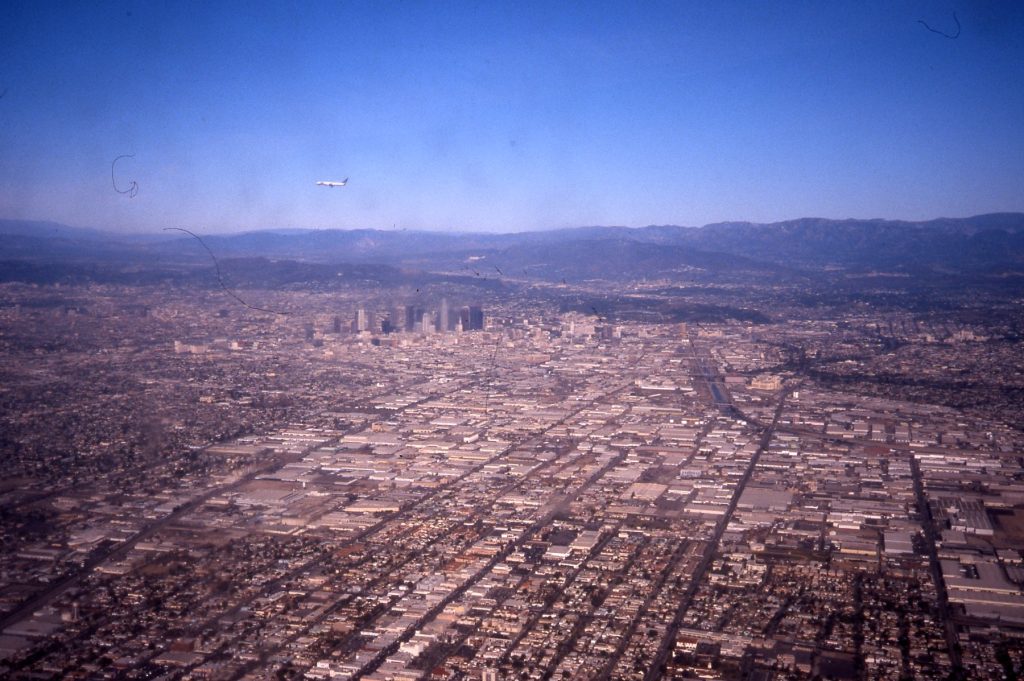
Although the United States has not ratified the Convention on Biodiversity (the only country not to have done so), California is working hard to fill the gap left by the absence of the U.S. Currently, the California state government, several city governments, and many educational institutions and non-governmental organizations have become officially recognized as Observers to the Convention and are participating in the global effort to stop biodiversity loss and preserve the benefits of biodiversity on this beautiful planet.
Up until now, county governments have been key missing pieces of California’s team. However, this may soon change. In late 2025, the Los Angeles County Board of Supervisors passed an ordinance to 1) join the California Global Biodiversity Alliance, 2) seek formal Observer status with the Convention on Biodiversity, and 3) begin to formulate a comprehensive Biodiversity and Water Conservation Policy. Significantly, this action came after concerted efforts by youth groups in L.A. County to ensure a better future. The resolution can be found at:https://file.lacounty.gov/SDSInter/bos/supdocs/209826.pdf
The California Global Biodiversity Alliance
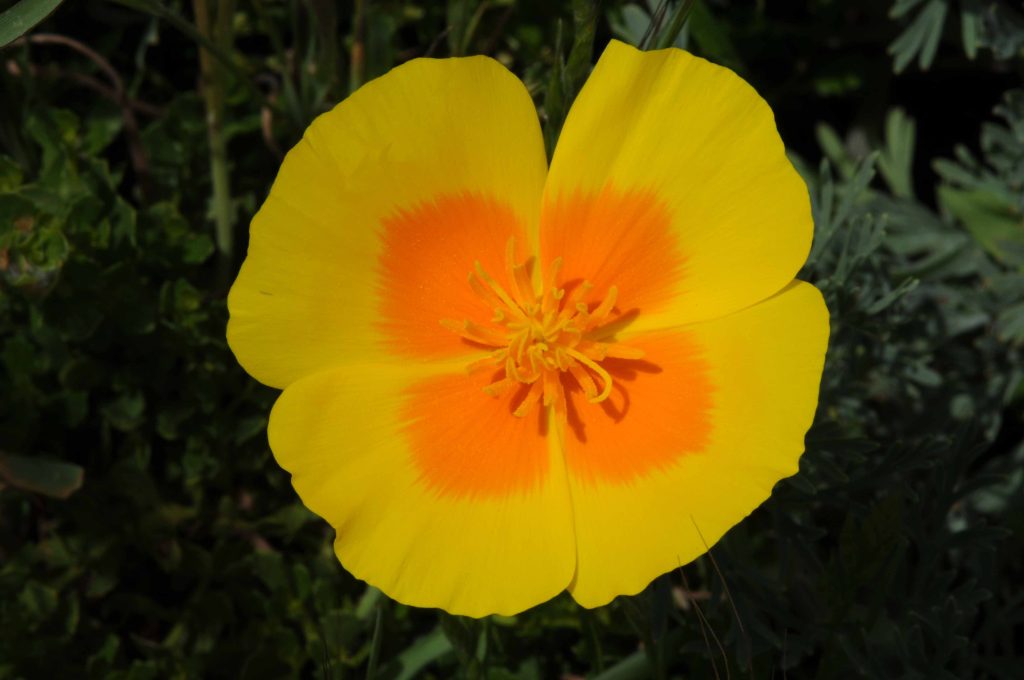
The California Global Biodiversity Working Group has metamorphosed into the California Global Biodiversity Alliance! Because the United States is the only country in the world not to have ratified the international Convention on Biodiversity (https://www.cbd.int/), there is no national biodiversity leadership in this country. The California Global Biodiversity Alliance attempts to fill this vacuum by co-ordinating and publicizing biodiversity activities at the state, local and international levels.
The new CalGBA website, Calgba.org, has many resources that may be of interest to members of Marin organizations working on biodiversity issues. The Membership page invites all interested to become members (for free) and has a button leading to a membership form. The Our Work page has a button that leads to a form for information on projects in specific localities to be added to the Story Map, which is a way that the projects will be publicized statewide and internationally. To be included, projects must indicate which of the Global Biodiversity Framework targets they are addressing. The Global Biodiversity Framework page describes these goals.2025 California Biodiversity Day and Week
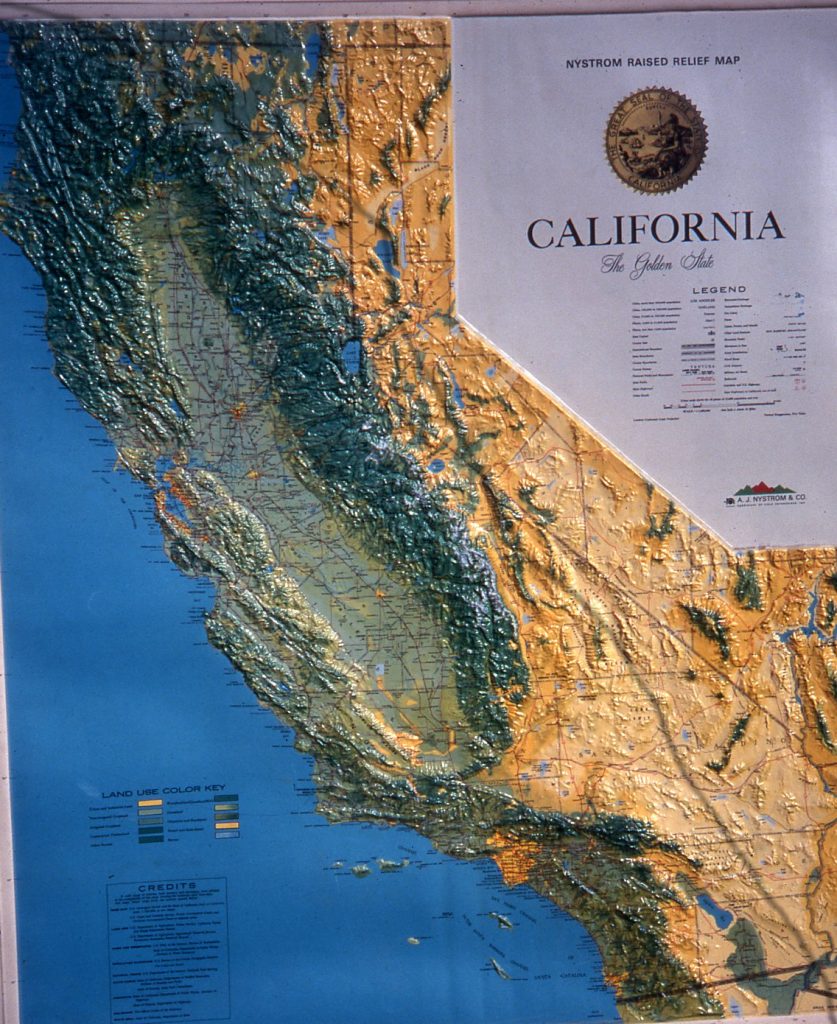
This year, California Biodiversity Day, September 7th, was joined by California Biodiversity Week, from September 6th to September 14th. A variety of organizations hoste activities. Announcements may be found at: https://www.calacademy.org/community-science/california-biodiversity-day and https://cabiodiversitynetwork.org/california-biodiversity-day/ and
COP17 Plans Announced
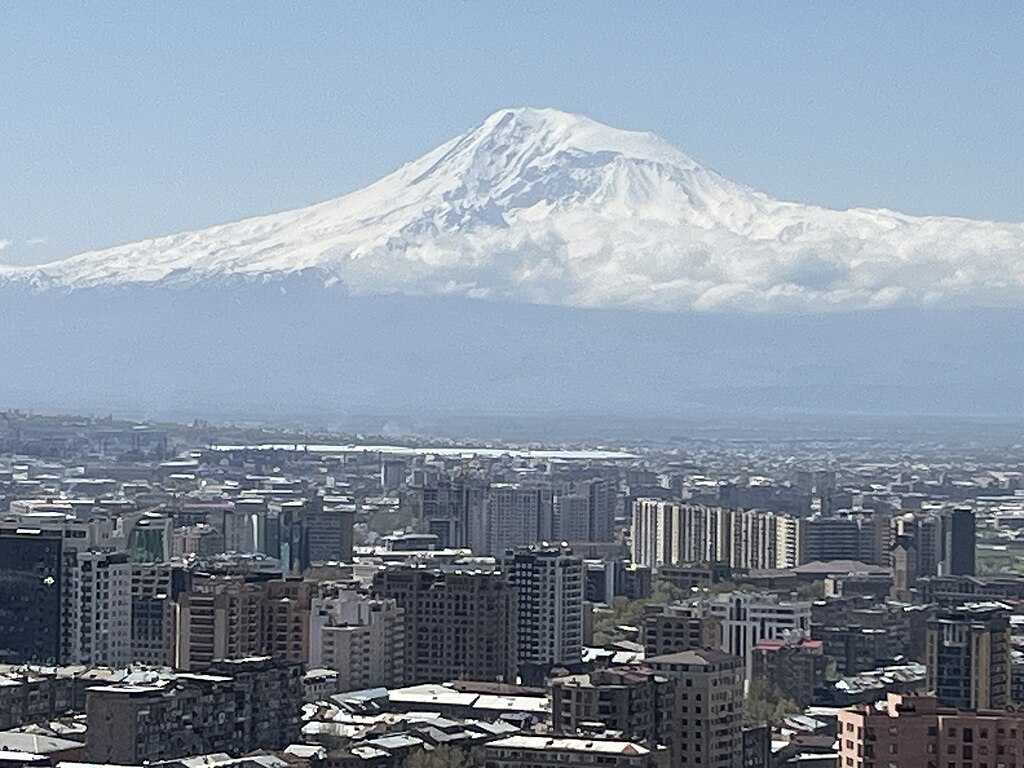
Caucasus Mountains and Yereven (by CivArmy from Wikimedia Commons) The Secretariat of the Convention on Biodiversity has announced preliminary information for COP17. It will be held from October 19th to October 30th in Yerevan, Armenia. You can read the official CBD notice here: https://www.cbd.int/doc/notifications/2025/ntf-2025-096-cop17-en.pdf
Marin Biodiversity 2025 Latest Draft
Target 14 of the Global Biodiversity Framework (GBF) adopted at COP16 is to “Integrate Biodiversity into Decision-Making at Every Level.” At COP16, a more explicit statement was made to include “commitments from youth, women, indigenous peoples and local communities, civil society, the private sector and sub-national governments (https://www.cbd.int/article/cop16-resumed-session-closing-2025) As part of an effort to express our local commitment, people in Marin are contributing to the document Marin Biodiversity 2025, which summarizes much of the impressive amount of work that has been done to promote biodiversity in Marin and organizes it according to the GBF. The latest draft may be downloaded here: MarinBiodiversity2025Aug.
2025 Marin County Fair
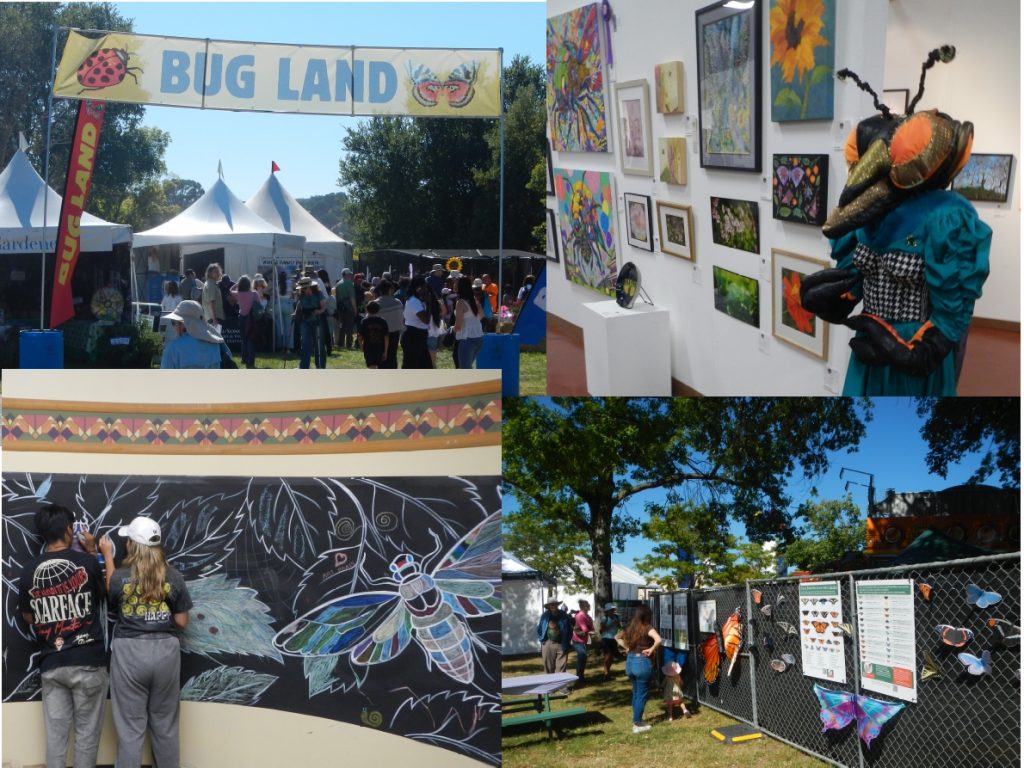
This year’s Marin County Fair included a lot of biodiversity! With the theme of “Bugtastic!” the focus was on insects, which are over half of all the species known on earth. 79,988 people visited the fair between July 2nd to July 6th. Fairgoers encountered live insects as well as insect-themed drawing, painting, sculpture, literature, and more. MBCI collaborated with the Marin Monarch Working Group to help people learn more about the importance of insects to biodiversity. Our special collaborative posters can be downloaded here:http://marinbiodiversity.org/wp-content/uploads/2025/06/BiodiversityInsectsMonarchsV5-2.pdf. They were displayed on the long “poster fence” next to the picnic tables.
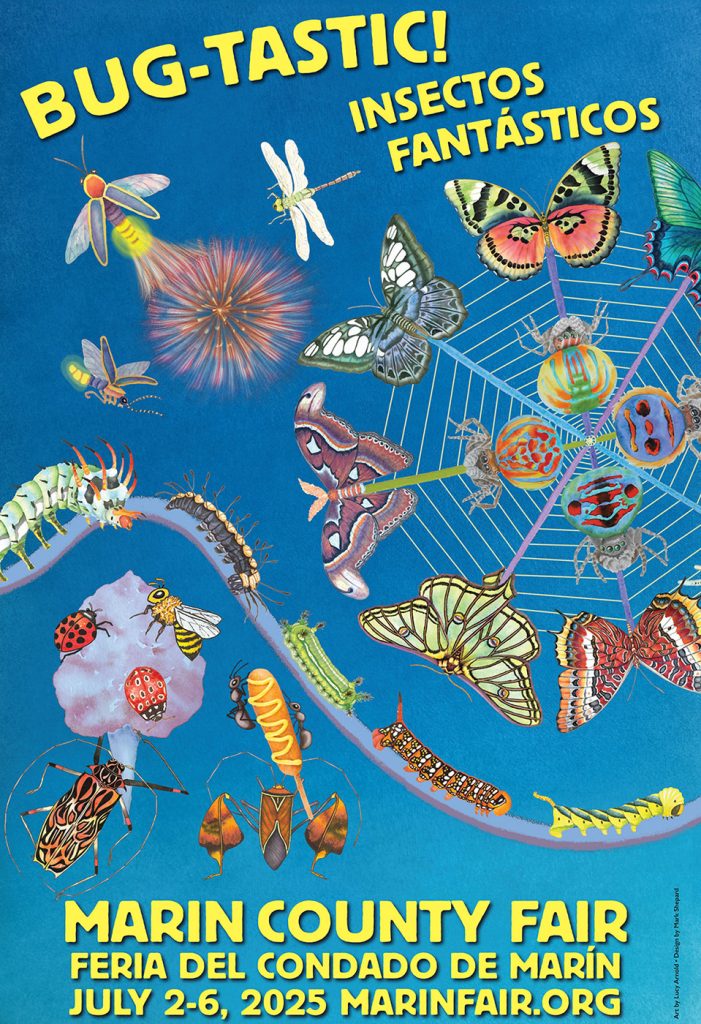
COP16 Concludes in Rome
On February 27th, COP16, unable to adjourn in Cali for lack of a quorum, finally concluded in Rome, Italy. According to the official report, “Parties to the Convention on Biological Diversity (CBD) reached agreements on biodiversity finance, the Planning, Monitoring, Reporting and Review (PMRR) mechanism, and the full set of indicators that will be used to measure global and national progress towards the implementation of the Kunming-Montreal Global Biodiversity Framework (KMGBF), which was adopted at COP 15 in 2022 (https://www.cbd.int/article/cop16-resumed-session-closing-2025
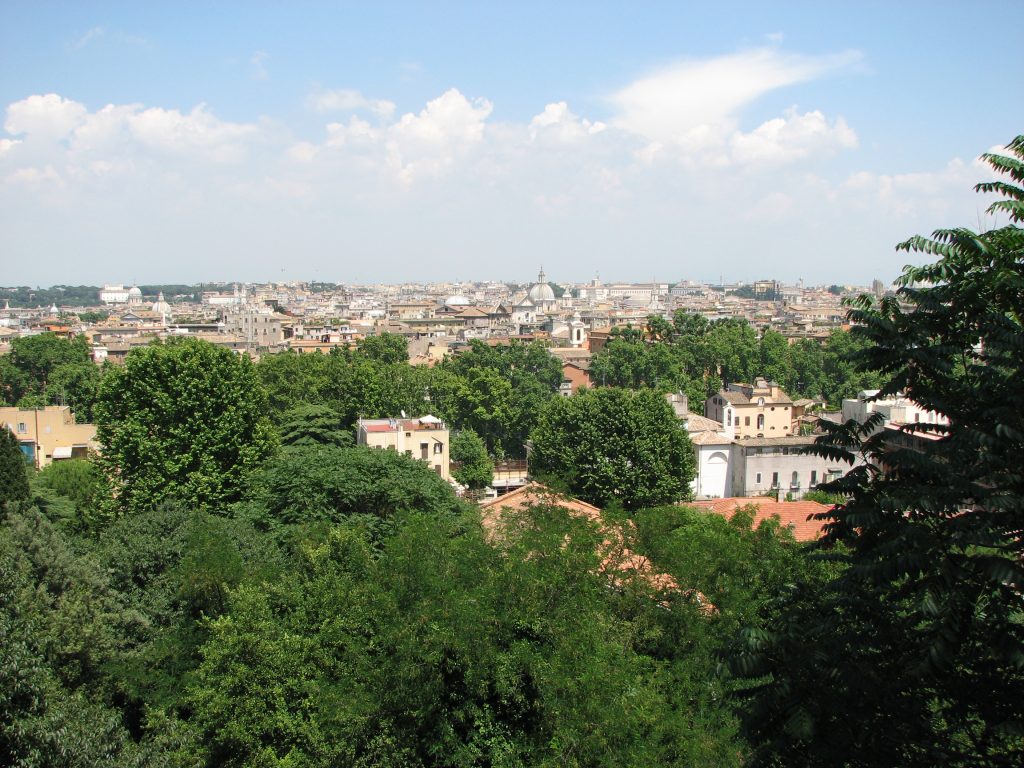
Summary of COP16
COP16, the international biodiversity conference, convened in Cali, Colombia, on October 20, 2024. It was one of the biggest environmental gatherings to take place in one city. In addition to the 23,000 accredited delegates who gathered in the COP’s main venue, a large part of the local population of over two million people participated in the events of the “People’s COP” scattered throughout the city. “Making Peace With Nature” was the theme, echoing not only the landmark 2021 UN publication of the same name, but also the highlighting the need to eliminate violence among humans to ensure a healthy environment. There were many references to the countless people killed and displaced and natural areas despoiled by operations making money off fossil fuels, gold, drugs, gold, timber, and armaments, as well as to the great progress achieved by the Colombian peace accords that made COP16 possible.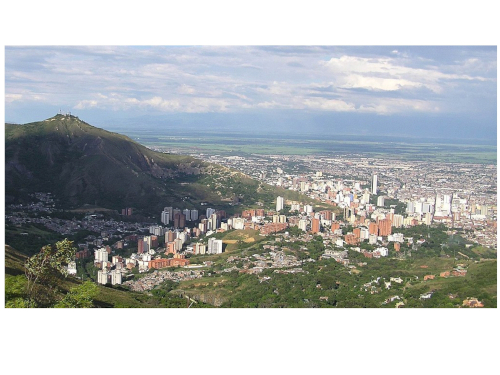
A good way to understand COP16 is to think about it in three parts. The first was the series of meetings among the official delegates of the parties to the Biodiversity Convention, in other words the diplomats authorized to represent their respective countries in the negotiations whose goal was the implementation of the “GBF” or Kunming-Montreal Global Biodiversity Framework (https://www.cbd.int/gbf/targets) Many people have called these “high-level negotiations” a failure, because not only did they not achieve full implementation of the GBF, they did not even manage to adjourn the meeting, leaving many discussions unfinished. A continuing session will be held in Rome, Italy, from February 25-27, 2025). Even going into COP16, a major agreement of COP15, that all countries would complete National Biodiversity Strategies and Action Plans (NBSAPs), was unfulfilled. (Plans filed as of this date can be found at: https://www.cbd.int/nbsap.) This part of COP16 did produce some significant agreements, such as those to link more strongly the implementation of the conventions on biodiversity and climate change and to create a permanent subsidiary body for indigenous peoples, but a big question is whether this slow progress in the face of the ever-accelerating deterioration of our global environment is acceptable. (Decisions that were reached at COP16 can be found at https://www.cbd.int/conferences/2024/cop-16/documents.)
The second major part of COP was the enormous number and variety of “side meetings’ and “parallel meetings” in which all delegates could participate. In addition to those representing the parties to the convention, these included members of scientific, educational, environmental, civic, business and other organizations involved in biodiversity issues.
There were entire days dedicated to biodiversity and education, biodiversity and health, biodiversity in the oceans, and other topics.
The main goal here was the exchange of information among these individuals and groups. An important theme of many of these meetings was that much progress was being made locally on the ground, and that if the “high-level negotiations” could not produce “top-down” progress, local governments and organizations could exert “bottom-up” pressure (and perhaps even influence the “top-down” process).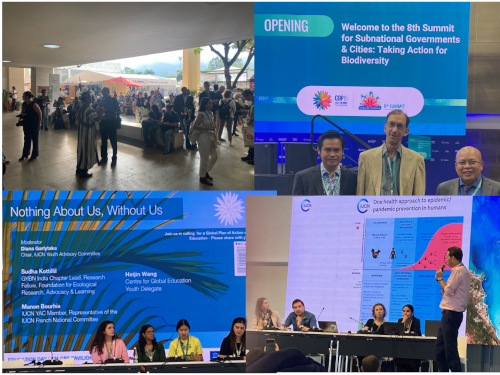
California’s elevation of the “30 x 30” goal to the international level was offered as one example of the success this pressure could produce.
California’s presence was particularly important because theUnited States is the only member of the United Nations that has not ratified the Convention on Biodiversity. (The California delegations press conference can be found at:
https://nam11.safelinks.protection.outlook.com/?url=https%3A%2F%2Fwebtv.un.org%2Fen%2Fasset%2Fk1y%2Fk1ygckdh42&data=05%7C02%7CPdaSilva%40marin.edu%7Ce5280d8b46ae4894ebf108dcf7b38947%7Cecdad93f1159406d9bbefe5bfddb5a5a%7C0%7C0%7C638657597734517130%7CUnknown%7CTWFpbGZsb3d8eyJWIjoiMC4wLjAwMDAiLCJQIjoiV2luMzIiLCJBTiI6Ik1haWwiLCJXVCI6Mn0%3D%7C0%7C%7C%7C&sdata=Z%2FZEl3oFudxBwhlAuGBc6iCntuiOa%2FNi8mCZ2eerdzI%3D&reserved=0).
A common theme of the 8th Summit for Subnational Governments and Cities
(https://cbc.iclei.org/8th-summit-for-subnational-governments-and-cities/)
was that local governments and groups needed to unite to produce more progress of this kind. The development of local biodiversity plans was given as a pressing need.
The third part of the COP was the “People’s COP.” Although much of it was centered along a long pedestrian-only boulevard that had been created when one of the cities major traffic arteries was put underground, many other sites such as museums, parks, and historic sites also hosted COP events. Major goals of the people’s COP were to communicate findings of scientific research and elements of international biodiversity policy and planning to more people and to allow voices of more people to be heard during the COP as a whole. There was a particularly strong presence of indigenous, Afro-Colombian and women’s groups in the People’s COP. One criticism was that the “Delegates’ COP” and the “People’s COP” were too isolated from each other.
An important question is “What do we do now?” It is definitely worthwhile to pay attention to what transpired in Cali this year and what will happen in Bangkok next year. However, perhaps the lack of progress at the high level can be taken as a challenge. If we get to work on local biodiversity plans and projects and communicate them to local groups in other regions and countries, can we make greater global impact faster?
Other analyses of COP16 may be found on the sites of many environmental organizations. (Two examples are https://www.nature.org/en-us/what-we-do/our-priorities/protect-water-and-land/land-and-water-stories/biodiversity-global-conference/ and https://www.worldlandtrust.org/news/2024/11/cop16-no-time-to-wait/amp/.September 2024 Was Marin Biodiversity Month!
At their August 20, 2024 meeting, the Marin County Board of Supervisors unanimously approved a resolution proclaiming September Marin Biodiversity Month. Read the full resolution here: https://marin.granicus.com/MetaViewer.php?view_id=33&clip_id=12321&meta_id=1339429
Meanwhile, September 7th was California Biodiversity Day, with activities the whole week. Find out more about them at:https://www.calacademy.org/community-science/california-biodiversity-day
Local Biodiversity Policy in California
Which local government in California is the leader in biodiversity policy? The answer may surprise you.
?
It is the City of Los Angeles!
Accomplishments include work to improve habitats in neighborhoods, establishment of a city Biodiversity Program, passage of a Biodiversity Resolution, publication of Biodiversity Guidelines, and implementation of the international Cities’ Biodiversity Index. A general overview can be found here:https://blog.nwf.org/2021/01/the-city-of-los-angeles-leaders-in-biodiversity-protection/

Much of this progress began in 2017, when the Los Angeles City Council passed the Biodiversity Motion. Its text and history can be found at https://cityclerk.lacity.org/lacityclerkconnect/index.cfm?fa=ccfi.viewrecord&cfnumber=15-0499This led to many subsequent actions.
The heart of current policy is the implementation of the international City Biodiversity Index. Los Angeles was the first city in the United States to implement this index, which is based on repeated quantitative benchmarks of biodiversity. Equally important, it went through a collaborative process of refining and adapting the index to local conditions. This process resulted in the Los Angeles Biodiversity Index, first implemented in 1920. Key innovations of the Los Angeles Biodiversity Index included addressing concerns about evenness and equity. The Los Angeles Biodiversity Index became the subject of a doctoral dissertation at UCLA, which may be found here:https://escholarship.org/uc/item/4c81w4nr
Reports produced as part of the implementation of the City Biodiversity Index, as well as easy-to-understand publications on biodiversity for the general public may be found at: https://www.lacitysan.org/san/faces/wcnav_externalId/s-lsh-es-si-bd-par?_adf.ctrl-state=k3pboi2pz_151&_afrLoop=34461649965325296#!These include the city’s general vision for its biodiversity as well as simple recommendations for specific actions.
Especially useful is the set of Los Angeles Biodiversity Guidelines, an illustrated guide to principles and practices that all residents can adopt in different categories of action. It may be found at:
Just as Los Angeles adapted international policy to its own local needs and conditions, other local governments in California can now build on the foundational work of Los Angeles as they develop their own biodiversity policies.
International Biodiversity Day
In December 2000, the United Nations proclaimed May 22 the International Day for Biological Diversity (IDB) to increase understanding and awareness of biodiversity issues. The 2024 theme is “Be Part of the Plan.” For more information on this year’s activities, please visit: https://www.cbd.int/biodiversity-day

Happy Earth Day!
April 22nd is Earth Day for 2024. However, commemorating the Earth on this day is not an isolated event. Rather, it fits into a rich context of activities of great importance in our ongoing efforts to sustain life on our planet.
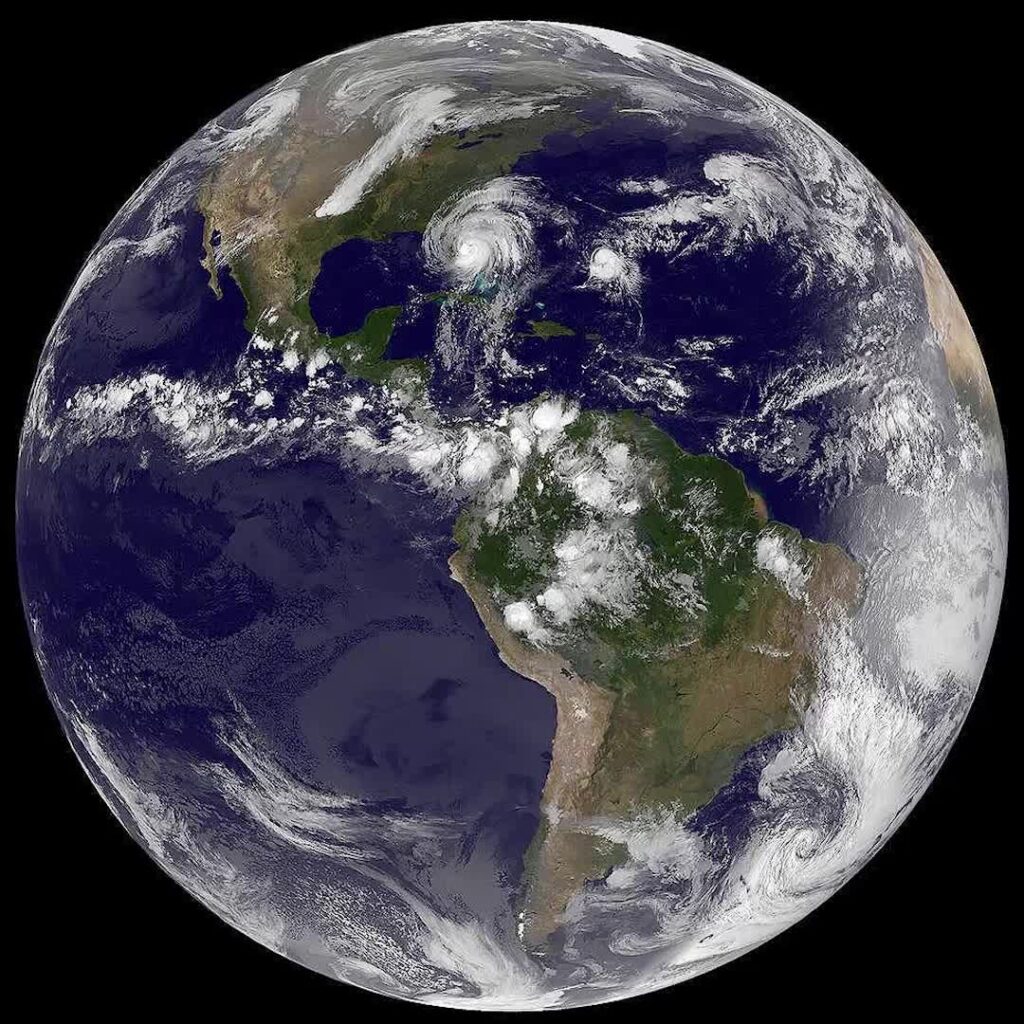
The oil spill on January 28, 2969 in Santa Barbara, California, may have given the immediate impetus to the first Earth Day. On the first anniversary of the spill, environmentalists who included Rod Nash and Congressman Pete McCloskey produced the Declaration of Environmental Rights and the concept of Environmental Rights Day.
Yet awareness of environmental degradation had already been growing for some time in different places, and efforts to protect the environment had advanced together with efforts to promote world peace. In October 1969, peace activist John McConnell proposed a global holiday to celebrate both our global environment and world. He did this at a UNESCO conference in San Francisco. His proposal won wide support. A little later and just to the south, students at San José State College planned and held a week-long Survival Faire. Part of the event included the ceremonial burial on February 20, 1970 of a new Ford Maverick as a protest against the destructive effects of automobiles on the environment. The city of San Francisco approved an Earth Day proclamation on March 1, 1970.
Meanwhile efforts were gaining steam across the United States. Wisconsin Senator Gaylord Nelson, an alumnus of San José State, proposed building on the progress of the anti-war and civil rights movements to stimulate national efforts for our environment. He helped recruit a national team to co-ordinate them. Harvard University student Denis Hayes became director.
With help from a great number of people, including publicist Julien Koenig, cartoonist Walt Kelly, and labor organizers Bryce Hamilton and Walter Reuther, the first Earth Day was held on April 22, 1970. With the participation of more than 20 million people, it was called the largest single protest in human history. It has grown to include over one billion people in over 192 countries, making it possibly the largest civic event on earth.
Yet what has Earth Day accomplished? This was what was on many people’s minds at the twentieth anniversary of the first Earth Day. To discuss this and to propose specific steps for the future, the United Nations Conference on Environment and Development (UNCED), also known as the “Earth Summit”, was held in Rio de Janeiro, Brazil, from June 3-14, 1992. Out of this meeting came two international treaties known as the Convention on Biodiversity and the Convention of Climate Change, as well as the Commission on Sustainable Development. The two ongoing parallel series of Conferences of Parties (“COP’s”) have been held since then to guide implementation of the Conventions, with the next biodiversity meeting (COP16) to be held in Cali, Colombia, this October, and the next climate meeting (COP29), to be held in Baku, Azerbaijan.

According to the 2021 report Making Peace With Nature (https://www.unep.org/resources/making-peace-nature), our three main global environmental threats are biodiversity loss, climate change and pollution. Thus is appropriate that Earth Day 2024 focuses on pollution, specifically pollution by plastics (https://www.earthday.org/earth-day-20240. Pollution by plastics is a major threat to biodiversity, particularly in the oceans, and because much of its production requires fossil fuels, it also contributes to climate change.
California Native Plant Week 2024
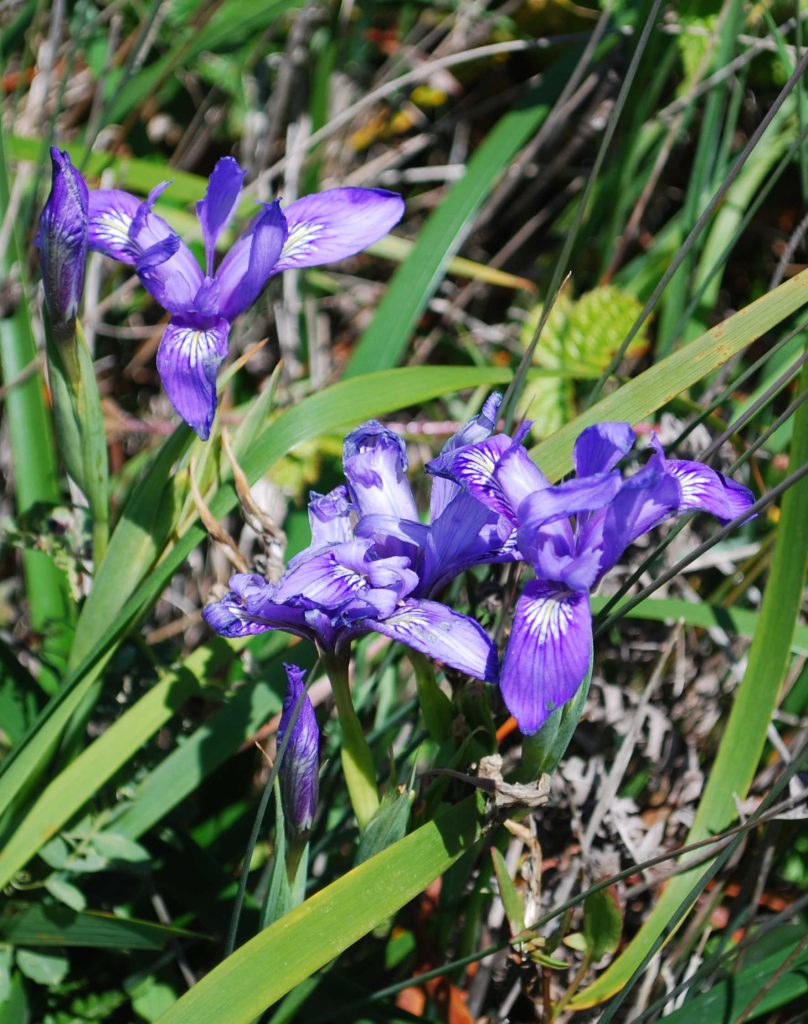
This year, California Native Plant Week runs from April 13th to 20th, celebrating one of the most important parts of California’s biodiversity.
Activities will be held throughout the state, with a new set of activities announced each day at 9 AM. Find out what’s happening at: https://www.cnps.org/california-native-plant-week
Connecting the Local to the Global in 2024
As a global biodiversity hotspot, California is playing a key role in the world’s achievement of our global nature goals. In 2022, we participated in the United Nations Biodiversity Conference (COP15) in Montreal, Canada. It resulted in the adoption of 23 Targets covering everything from plastic pollution to green spaces in cities. (Please see report from last year below.) Our state government, California cities, and nonprofits played a pivotal role in global discussions.
The next international meeting on biodiversity (COP16) will take place in Cali, Colombia, this October. It will be fascinating to hear all of the input from people from all over the world. Although the United States is not eligible to send an official delegation because it has not signed the international biodiversity convention, California has requested and been granted observer status, and many people from California are planning to attend. In the months leading up to COP16, the California Global Biodiversity Working Group (CGBWG) is sponsoring a series of virtual meetings to help people from all over our state understand the development of global biodiversity policy and implement it locally.
The first of the meetings was titled California Communities in Nature: A Virtual Workshop to Connect Cities and Towns with Global Policy for Local Wins and was held on February 21st. For more information about this important series, please contact Rosalind Helfand of CGBWG (rosalind@pajeconsulting.com)

New California Deputy Secretary for Biodiversity
Meghan Hertel has been named the California Natural Resources Agency’s new Deputy Secretary for Biodiversity and Habitat. Meghan has been North American Director for Land Life since 2022.
Happy New Year!
Each New Year’s celebration encourages us to take stock of the past year before we welcome the new one. 2023 was a very good year for the biodiversity corridor concept in Marin! New plantings enhancing biodiversity were established in many cities and towns. A few highlights from south to north include the following.
In Tiburon, the Marin Master Gardeners and Marin Parks collaborated on a new native plant garden at the Paradise Beach Park picnic area. In Larkspur, the City of Larkspur and members of the Marin Chapter of CNPS together installed a new native plant garden next to the main downtown bus stop. In San Rafael, Home Ground Habitats, Bee Audacious and Dominican University planted a new garden in the center of the campus. A new mostly-native garden sprouted at the Fairfax Library. In Novato, Fire Station Number 63, planted a garden featuring native plants in a fire-safe design.
There was one step backwards, the destruction of a decade-old biodiverse, certified fire-safe planting on a traffic island in Pacheco Valle. This attracted much media attention (https://www.newsbreak.com/news/3306141022541-novato-residents-locked-in-fight-over-median-island-that-was-turned-into-natural-environment?noAds=1&_f=app_share&s=i3) and is worth studying to find out why such setbacks occur. One reflection is that ignorance, misinformation, and political maneuvering will always exist, but so will the antidotes of education, fact-checking and political involvement and organization.
Marin Monarchs In Winter
During the winter, monarch butterflies historically have used overwintering sites along the California coast, including several in Marin. After sharp declines in recent years, some have returned this year. For more information, check out the Marin Monarch Working Group’s new website. It may be accessed at: http://marinmonarch.com. Because monarchs are migratory, it is fitting that the site has information from Marin and beyond.

Monarchs Overwintering in Bolinas. Photograph by Ed Nute.
Newt Brigade Gets Ready for Rain
The new season will bring new threats and new hope for Marin’s biodiversity. Every year, many California newts are killed by motor vehicles as they attempt to complete their annual migrations, which have been taking place for millions of years. A dedicated team led by Sally Gale is determined to save as many newts as possible from this modern threat. During the rainy season, they gather in Chileno Valley every evening that newts are expected to migrate. For more information on the Chileno Valley Newt Brigade, including how you may help, please visit: https://www.chilenovalleynewtbrigade.org/
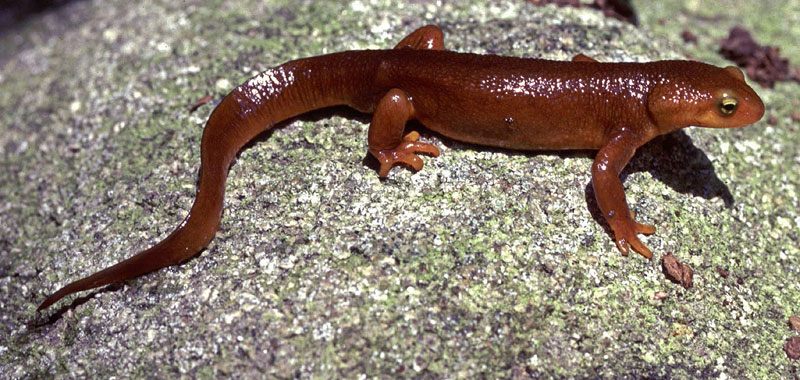
California Newt (NPS Photograph)
Launch of Refugia Marin
On September 30, a group of biodiversity supporters launched one of Marin’s newest non-profits. Called Refugia Marin, it grew out of efforts in the Larkspur-Corte Madera School District to improve habitat at Neil Cummins School by planting native plants. Dana Swisher led these efforts and is the current Director of Refugia Marin. The hope is that the process of planting and caring for biodiversity gardens at schools will spread all across Marin. For more information, including how you can help, please visit: https://www.refugiamarin.org
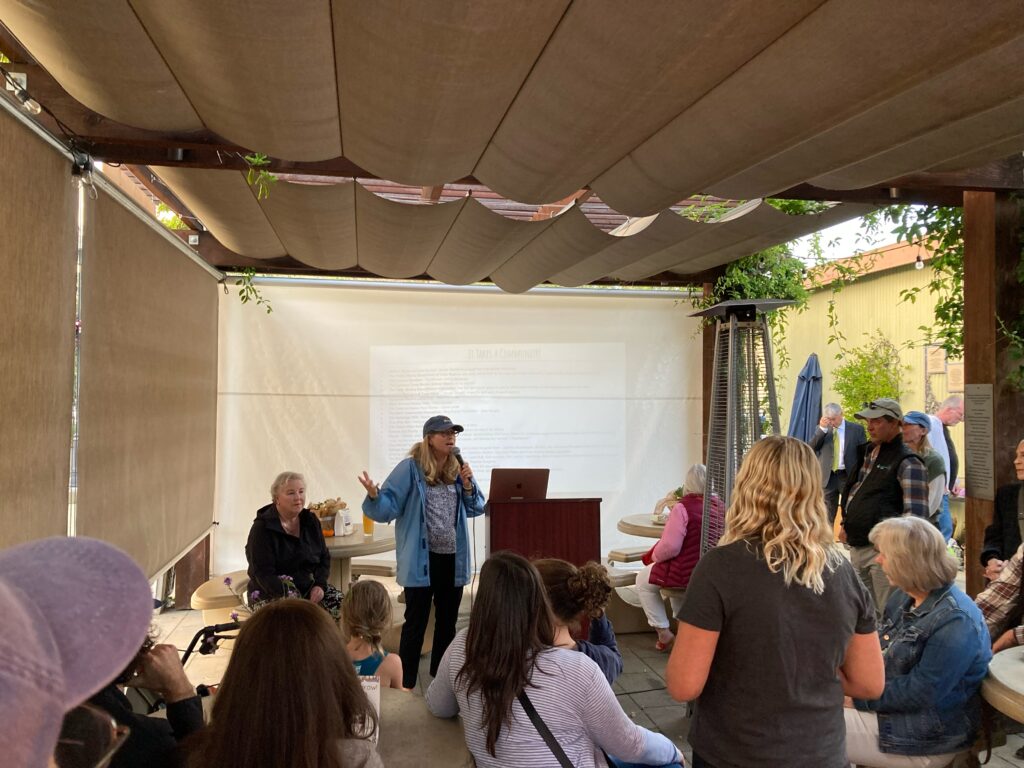
Dana Swisher Launches Refugia Marin
Larkspur Biodiversity Resolution
This year, Larkspur became the first municipality in Marin to pass a Biodiversity Resolution. In addition to recognizing California Biodiversity Day, it encouraged “all its residents and employees” to do “all they can to support biodiversity and thus improve the well-being of humans and our environment.” The full text of the resolution may be found on the Public Policy page under “Local Policy.”
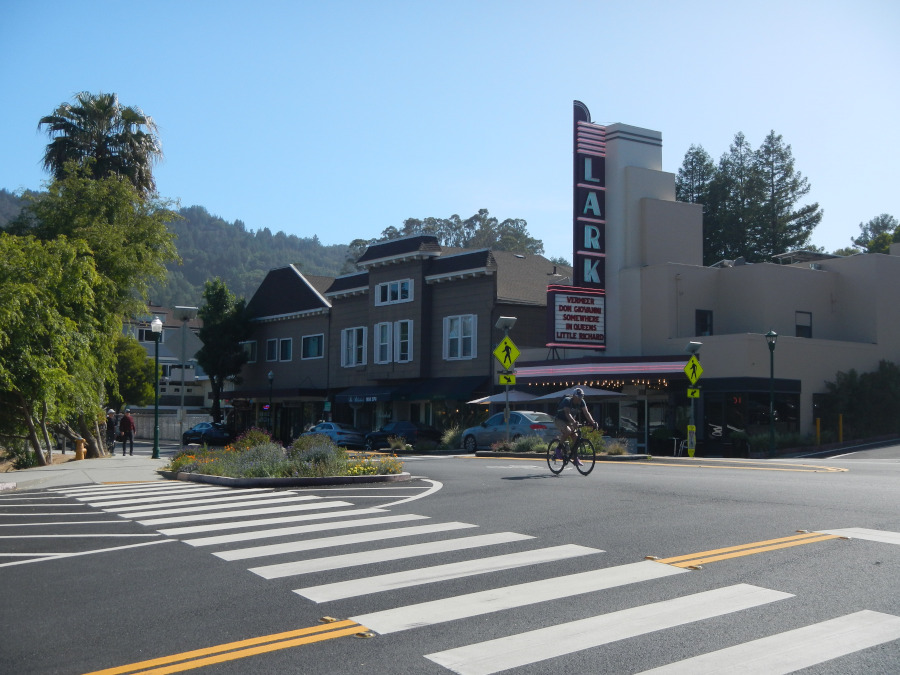
California Biodiversity Day 2023
September 7th we celebrated California Biodiversity Day. It is the annual commemoration of the launch of the California Biodiversity Initiative in 2018 (https://californiabiodiversityinitiative.org/). This initiative recognizes California’s responsibility to preserve its special biodiversity heritage and provides a roadmap to accomplish this through education, scientific research, and better coordination of the actions of state agencies.
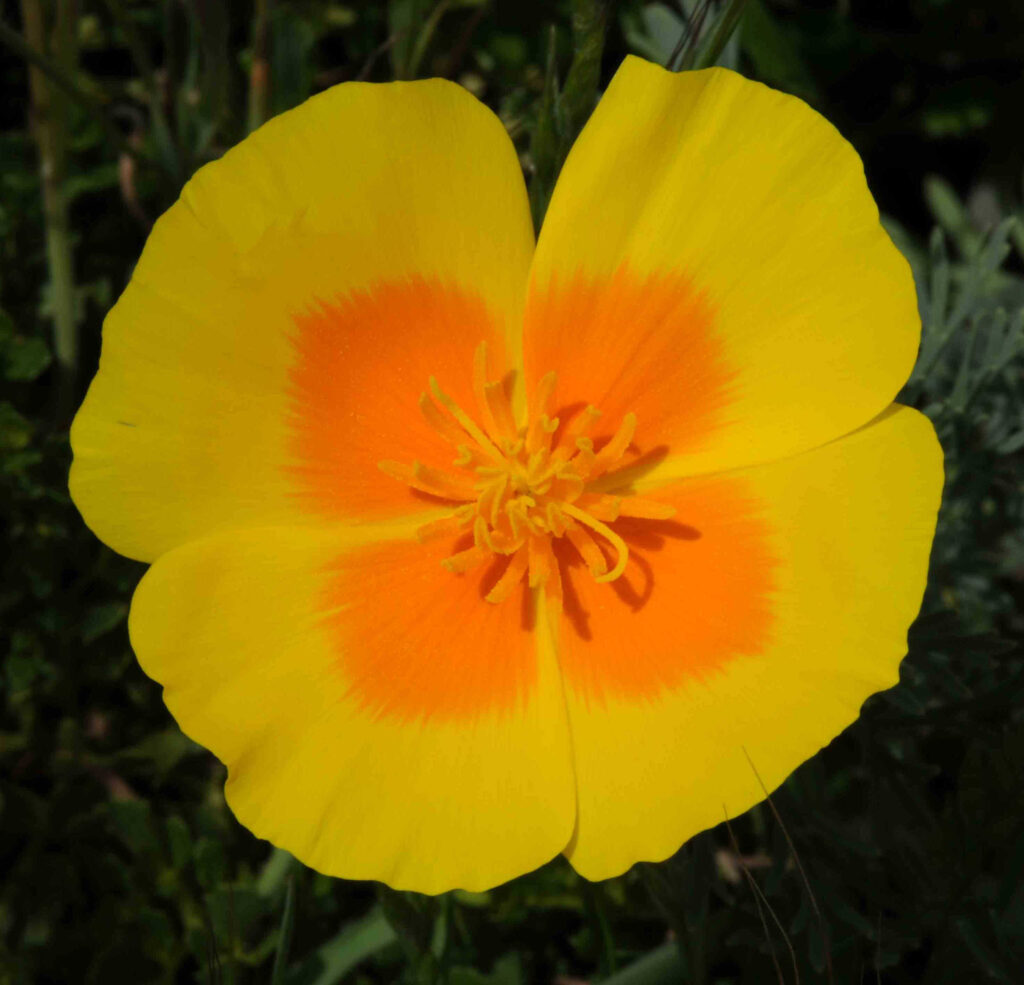
This year, many activities ran for a whole week, starting on September 2nd. Statewide, the California Natural Resources has a full slate of activities that can be found on its website (https://resources.ca.gov/biodiversityday2023)
Regionally, the California Academy of Sciences invited all to a fun search of our Bay Area environments to find and identify components of biodiversity (https://www.calacademy.org/community-science/california-biodiversity). Locally, many Marin agencies will also have activities.
Summer 2023
Several new public biodiversity gardens were able to be seen this summer. One is at the San Marin Fire Station in Novato. Another is at Dominican University in San Rafael. A third is at the Central Marin Police Station in Larkspur.
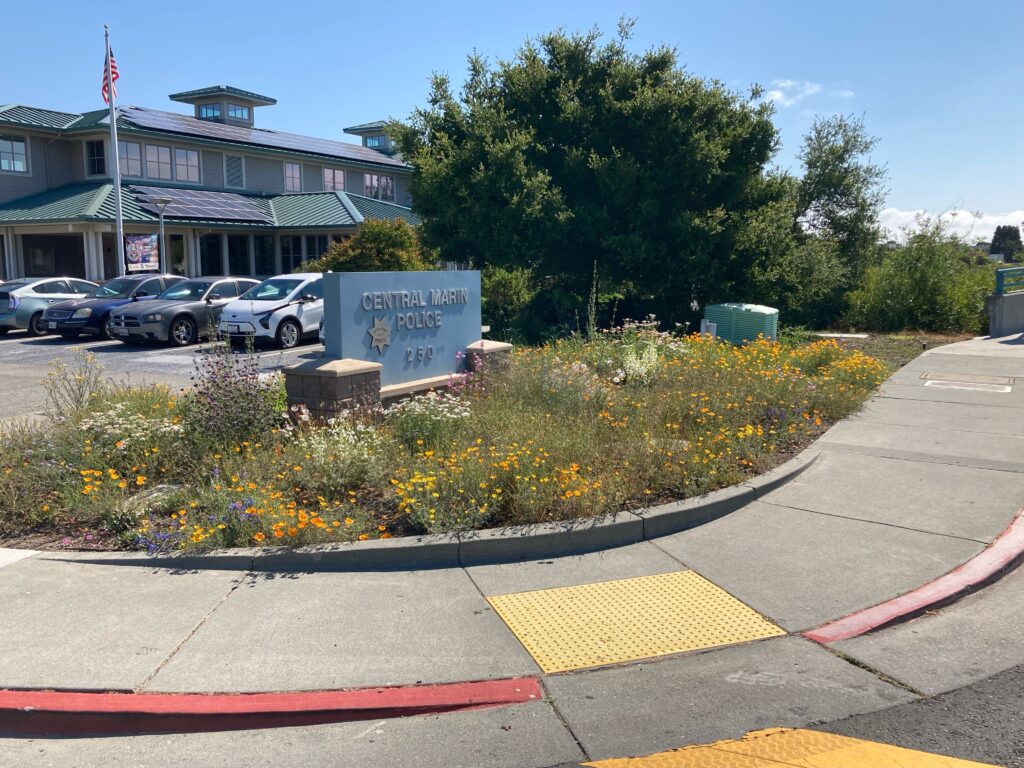
Central Marin Police Station, Doherty Drive, Larkspur
Many surveys of biodiversity are also commonly carried out during the summer months. Friends of Corte Madera Creek held a Bioblitz at Deer Park in June (https://friendsofcortemaderacreek.org/new_site/the-joys-of-observing-the-natural-world/). The North American Butterfly Association conducts butterfly counts throughout the continent in the months on either side of the Fourth of July (https://www.naba.org/butter_counts.html). Tracking of larval and adult monarch butterflies also happens during the summer (https://mlmp.org/; https://journeynorth.org/monarchs).
International Monarch Monitoring Blitz
Friday July 28th through Sunday August 6.
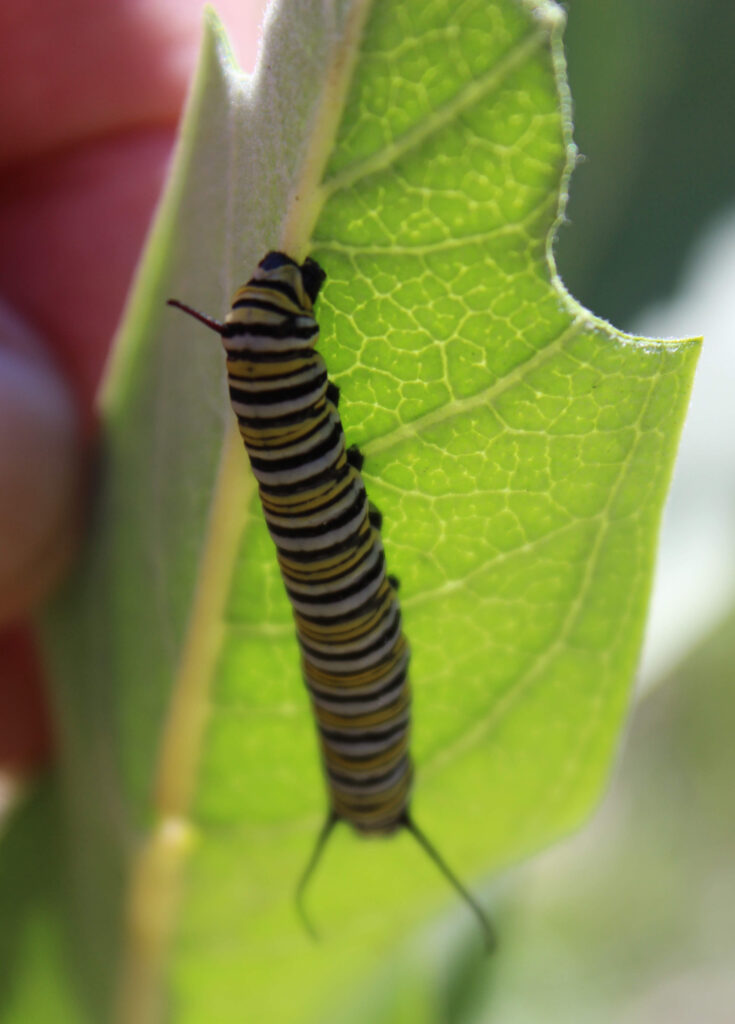
Monarch Larva – Photograph Courtesy of Marcia Basalla
Although this year’s effort has concluded, it is still worthwhile to check the sites for information about what was discovered:
The Monarch Larva Monitoring Project – ongoing https://mlmp.org/about
Monarch Bio Blitz Information
More details at http://www.cec.org/international-monarch-monitoring-blitz
Return of the Western Monarch Exhibit at Marin Art and Garden Center (MAGC)
An exhibit that ran this spring at the Marin Art and Garden Center in Ross celebrated the Western Monarch Butterfly, the forces that threaten its continued existence, and what people are doing to save it. More information is available at: https://maringarden.org/return-of-the-western-monarch-butterfly/
Ecological Civilization – Building a Shared Future for All Life on Earth
COP15 Update – February 2023
The COP 15 meetings in Montreal continued the attempts to implement the International Conventions on Biodiversity (https://www.cbd.int/convention/)
The product of the meeting was the Global Biodiversity Framework (https://www.cbd.int/article/cop15-final-text-kunming-montreal-gbf-221222). Many observers lauded the agreement as having given new prominence to many aspects of the biodiversity crisis. Yet many others criticized it for not begin ambitious enough, for lacking mechanisms for enforcement, for lacking necessary funding and for not recognizing the root causes of the crisis.
The shortest and perhaps most critical analysis is that of the CBD Alliance: https://www.twn.my/title2/biotk/2022/btk221204.htm.
The Nature-Based Solutions Initiative of the University of Oxford gives an in-depth review: (https://www.naturebasedsolutionsinitiative.org/news/landmark-kunming-montreal-global-biodiversity-framework-to-halt-and-reverse-biodiversity-loss-by-2030-agreed/).
A summary from Nature describes the conflicts in the final hours and minutes of the negotiations: (https://www.nature.com/articles/d41586-022-04503-9)
The World Wildlife Federation commends the targets and goals, but laments the lack of means to reach them: (https://www.worldwildlife.org/press-releases/global-deal-struck-to-reverse-nature-loss-by-2030-but-immediate-action-and-funds-needed-to-deliver)
The Natural Resources Defense Council is critical of the lack of ambition in the goals and targets: (https://www.nrdc.org/experts/paul-todd/final-biodiversity-framework-fails-meet-moment)
The 7th Subnational Governments Summit was a Parallel Event that emphasized the importance of local action. This is what MBCI does!
(A fuller summary of the COP15 may be found on the Public Policy page of this site.)

International Biodiversity Meetings (COP-15) – December 2022
The latest Conference of Parties (COP-15) to further implementation of the International Convention on Biodiversity re-convened from December 7th to December 19th in Montreal, Canada. Although the targets for the decade 2010 to 2020 were not met, the meetings tried to chart an effective path for the post-2020 era. More information, including live streaming of the meetings, can be found on the UN website: https://www.unep.org/events/conference/un-biodiversity-conference-cop-15. Additional information may be found on the Government of Canada website: https://www.canada.ca/en/services/environment/wildlife-plants-species/biodiversity/cop15.html. Of special interest to those interested in urban biodiversity is the recently updated City Biodiversity Index (CBI), also called the Singapore Index, after the city where it was first developed. The 2021 update may be accessed at:https://www.cbd.int/doc/publications/cbd-ts-98-en.pdf
Marin Housing Element Revision – November 2022
The Housing Element of the Marin County General Plan has been updated. The first draft neglected the potential that new housing projects have for increasing biodiversity. For this reason, MBCI suggested new language that would require a proportion of native plants as habitat for native insects and birds in every new project. The basic suggestion was accepted in the final draft, although there is still much potential for strengthening biodiversity language in this and all local planning documents
(More information may be found on our “Public Policy” page.)
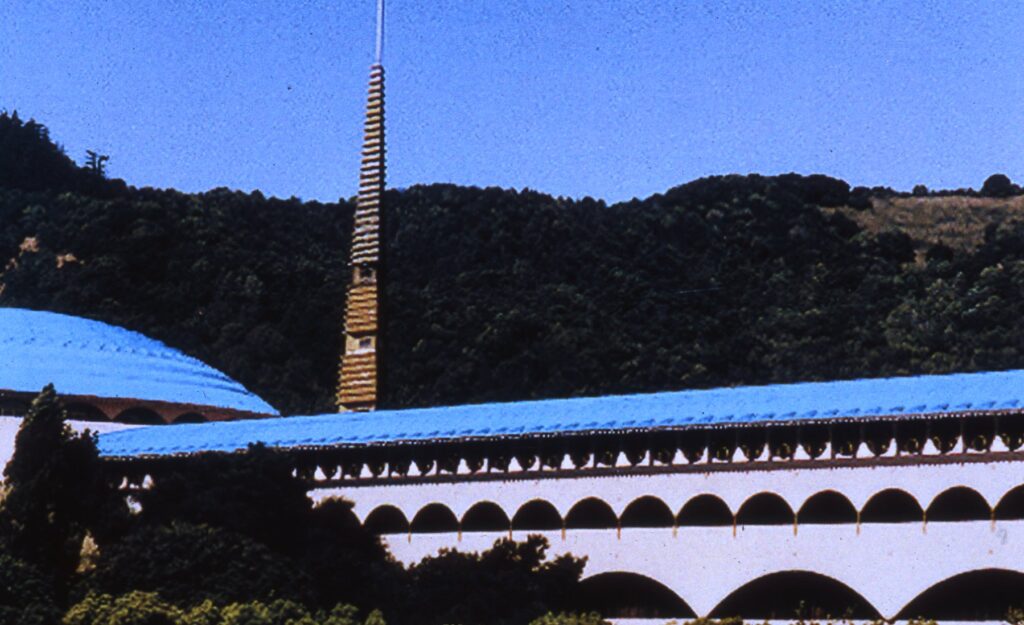
First Marin Creeks Symposium – Saturday, October 29th, 2022

Creeks are corridors! The first Marin Creeks Symposium was a great success! It was held on October 29th at the College of Marin, Kentfield Campus. Information was shared on how people are making creeks more vibrant and healthy throughout the county. Emphasis was on “Lessons learned from people with boots on the ground.”
Biodiversity Loss Costs Us $1.9 Trillion – September 28th, 2022
Moody’s Investors’ Service reports a price for biodiversity loss. Read the full story at:

Silent Spring Turned 60 – September 27th, 2022!
When Rachel Carson published Silent Spring in 1962, she inspired many people to take action to protect our environment. This is the good news. The bad news is that not enough action was taken, and many of her predictions have come true. For a modern update, Dave Goulson wrote Silent Earth in 2021. It contains information on some of the most important modern threats to biodiversity and what we can do about them.
Jericho – Creative Commons License 3.0

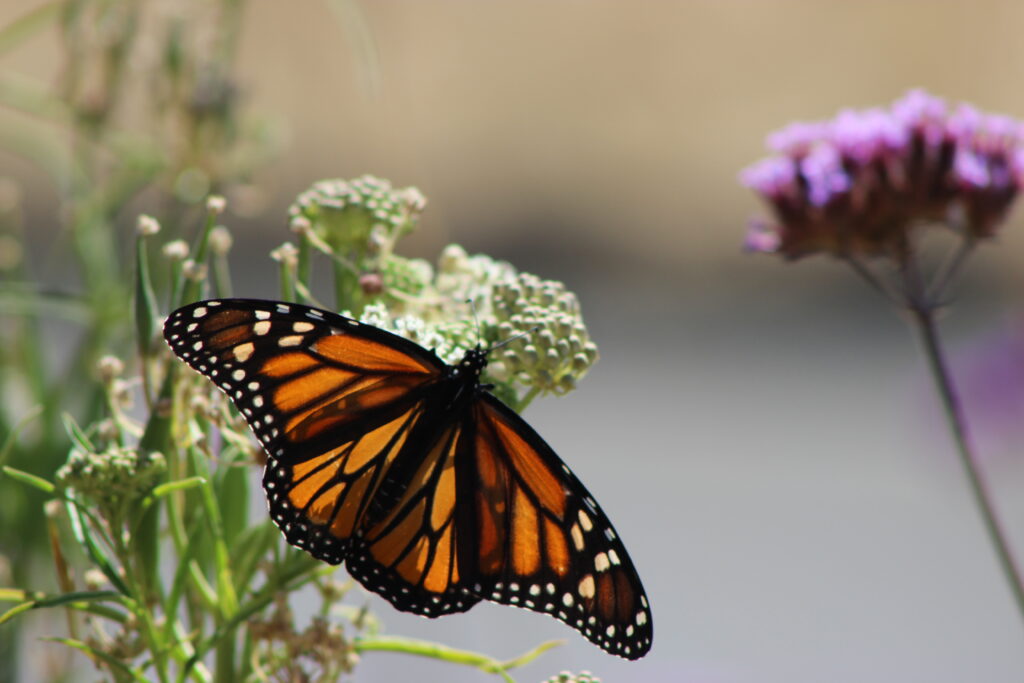
Marin Monarch – M. Basalla Marin County Board of Supervisors Adopts Monarch Pledge — September 13, 2022.
Thanks to the ongoing effort by the Marin Monarch Working Group, the Marin County Board of Supervisors adopted a resolution in support of the monarch butterfly.
MarinBiodiversity
MARIN BIODIVERSITY CORRIDOR INITIATIVE
